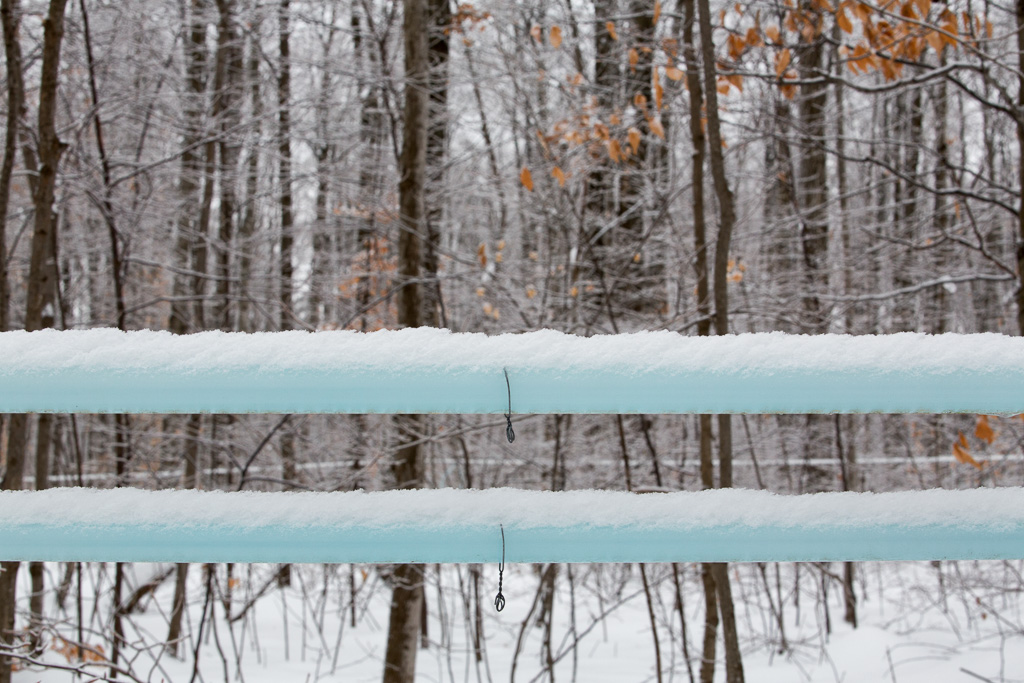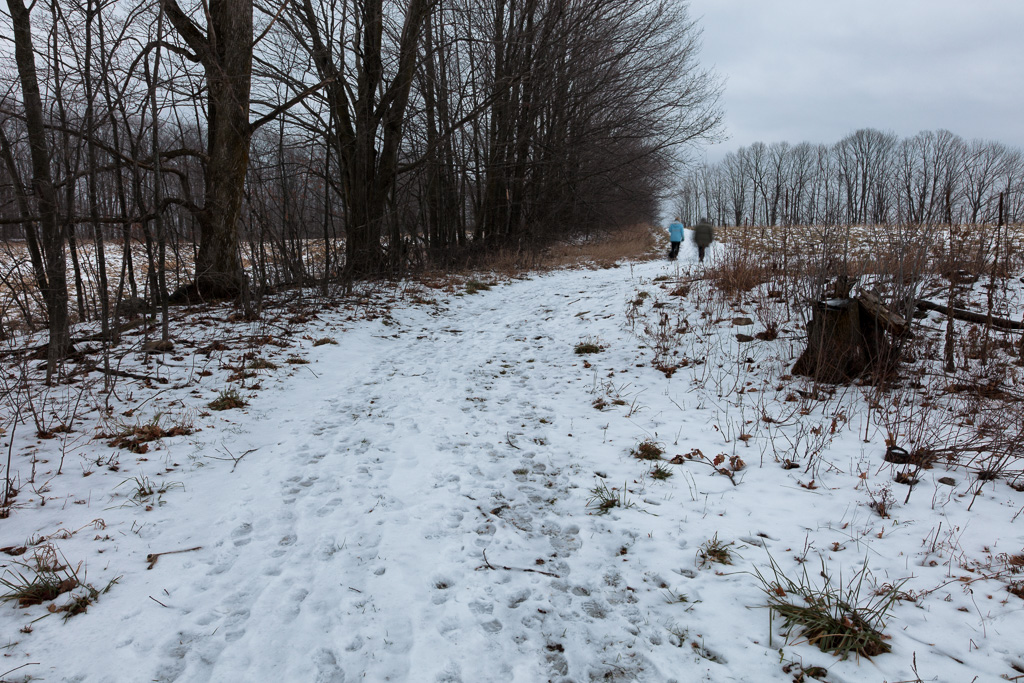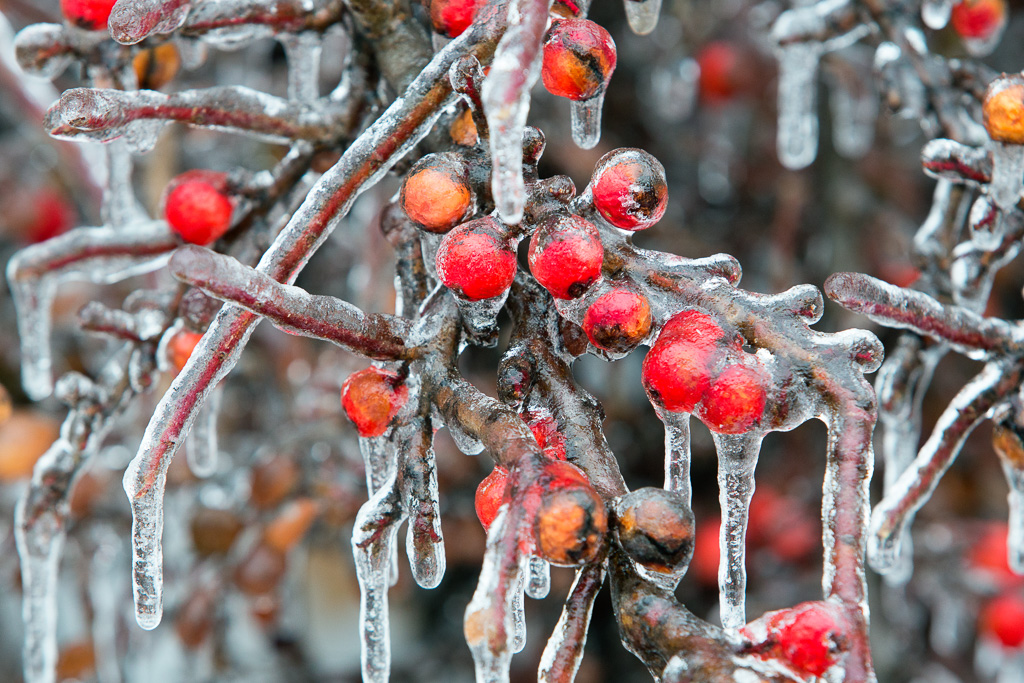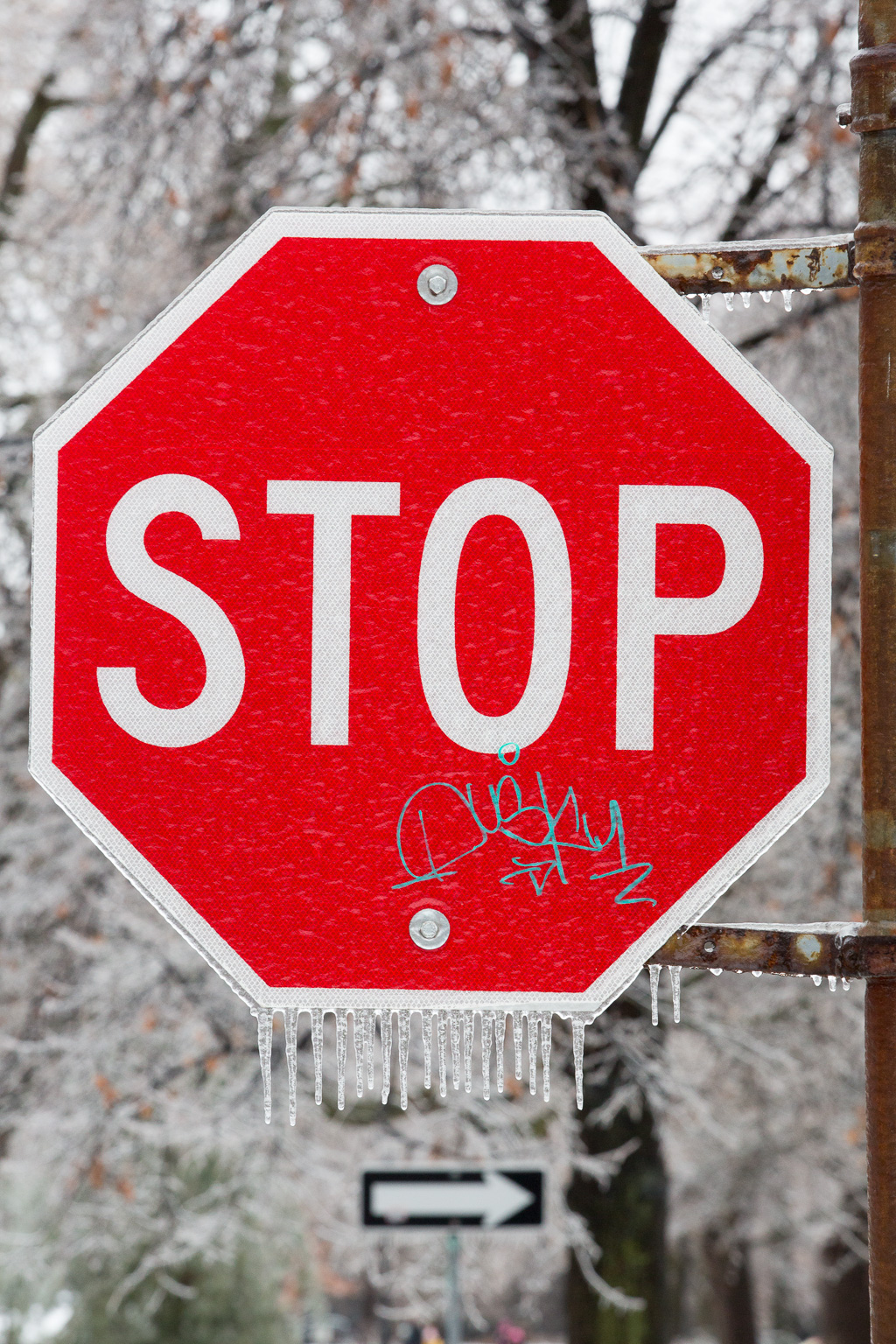There is something about fog that produces a sense of intimacy. Our view of what lies in the distance fades almost to nothing. All that remains is whatever stands in the foreground. I made this photograph on New Years Day. I make a habit of rising to greet the sun on the first morning of the new year, but when I got up on January 1st, 2022, I found the world shrouded in fog. After nearly 2 years of a global pandemic, attended by a growing cloud of disinformation, fog may be an apt way to start a new year.
I stood alone in a field with a solitary tree and the two of us communed for a time. To be honest, I can’t think of a better way to begin a new year. To be honest, I can’t think of many people I’d care to engage this way. I wish more of the people in my life would treat me the way this tree treated me. It didn’t challenge my thoughts and hint that maybe I’m a fool. It didn’t tell me I’m wasting my life on trivial pursuits. It didn’t tell me I’ve let myself go during the pandemic. The tree was a good listener and leaned in when I let my voice fall low.
I take it as a given that we can enter into relationships with trees. When I was young, my best friend and I built a tree house in a big maple. While we were still in the planning stages, we decided we couldn’t nail boards in place as that might hurt the tree, so we lashed everything with rope and twine. We discovered early on that we weren’t the only creatures to shelter in that tree. There were squirrels, robins, frogs, ants, beetles, lichen, and moss. That tree presided over our childhoods like a benevolent elder.
I have difficulty standing by when people cut down a live tree. It feels to me like an act of violence. I can understand why some people become tree-huggers, and I can understand, too, why industrialists adopt derisive tones when they use the term. A tree-hugger challenges everything an industrialist stands for. Despite the industrialist’s bluster, I’d rather be a tree than a chain saw.







